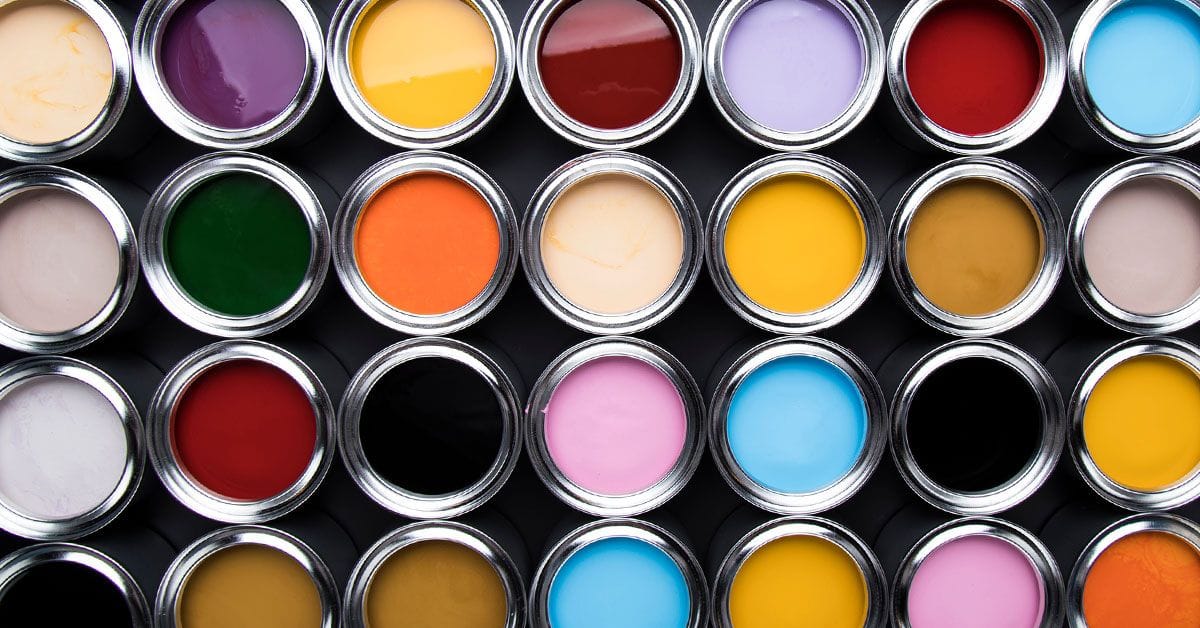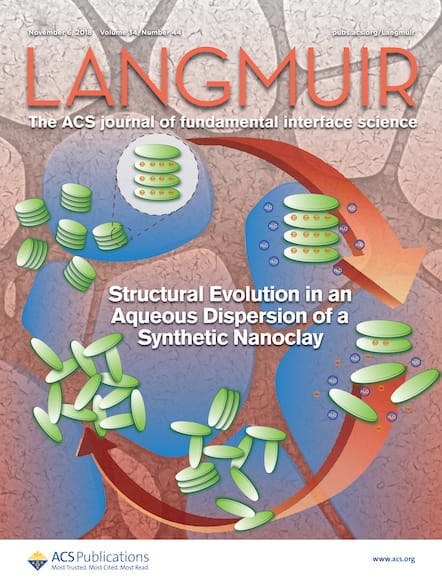There's actually a lot going on when paint dries, and new research describes the underlying mechanisms in intricate detail—without a sleepy eye in the house.

The phrase “watching paint dry” is usually intended to label an activity as extremely boring—tedious in its sameness and long duration. But in fact, there is a lot going on when paint dries that the naked eye can’t detect, and understanding the chemistry behind this process has implications for fundamental research and practical applications. Specifically, when developing paint products, it is important that the suspension is homogeneous and will not result in undesirable patterns or cracks as it dries. Chemistry plays a crucial role throughout—from determining the physicochemical and mechanical properties of the suspension, to understanding mechanisms governing the drying process and predicting long-term rheological properties (the plastic flow of soft solids such as paint over time).
Now, a team from the Université de Lyon in France are investing their time in studying how drops of a paint suspension dry and investigating the resulting patterns. Typical patterns seen in drop-drying include the "coffee ring," where pigment deposits at the edge, and the "fried egg," where it ends up in the middle. But the goal in a paint suspension is uniform deposition of pigment across the drop.1
Mixed Media: The Chemistry of the Great Masters' Paintings
In their study, published in Langmuir, the researchers looked at two key parameters: the suspension concentration, and the substrate temperature (ranging from 30–80°C). By analyzing the results alongside surface tension and rheological measurements, the team was able to identify both outward and inward flows, as well as collect further knowledge about the gelation, which grows over time as the water content evaporates. This drying front starts at the edge and swiftly spreads across the entire drop, freezing pigments in position and preserving the drop's morphology. Increasing both concentration and temperature induces a stronger viscosity increase and promotes faster gelation, leading to more homogeneous patterns.1
The authors conclude that kinetics of the pattern growth in a drying paint drop results from a competition between three mechanisms: inward/outward flows, gelation of the paint suspension, and final drying. Importantly, controlling concentration and temperature during drying affects the morphology of the final pattern.
Researchers from this team have also previously studied water drop evaporation on hydrophobic surfaces, where again there is an effect of temperature2—as well as the wettability of natural rubber surfaces, which could lead to better understanding of body fluid–material interfaces for biomedical device applications.3
References
- Ramos, S. M. M. et al. Drying Drops of Paint Suspension: From “Fried Eggs” to Quasi-Homogeneous Patterns. Langmuir 2023, 39, 38, 13579–13587.
- Marcelo do Nascimento, R. et al. Water Drop Evaporation on Mushroom-like Superhydrophobic Surfaces: Temperature Effects. Langmuir 2016, 32, 8, 2005–2009.
- Marcelo do Nascimento, R. et al. Wettability Study on Natural Rubber Surfaces for Applications as Biomembranes. ACS Biomater. Sci. Eng. 2018, 4, 8, 2784–2793.
